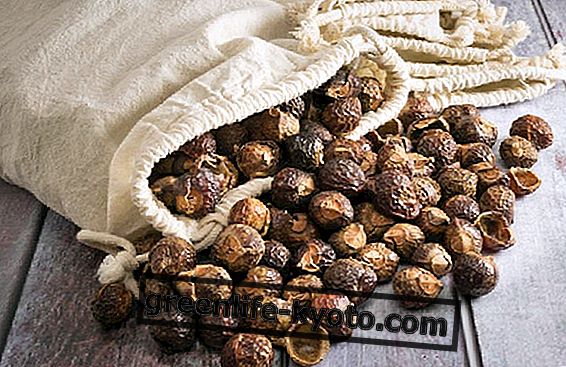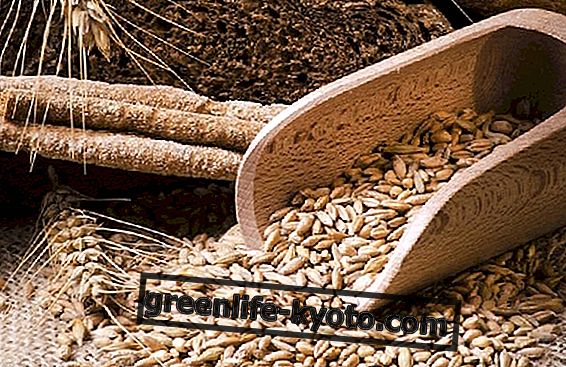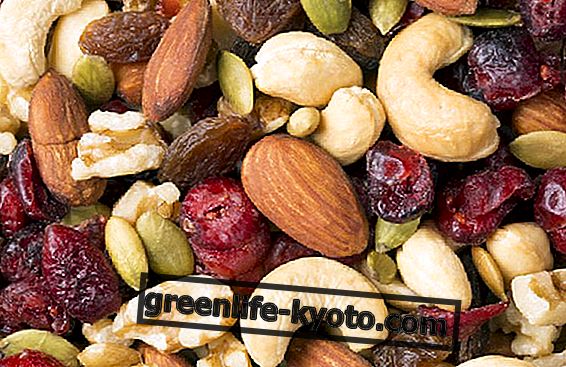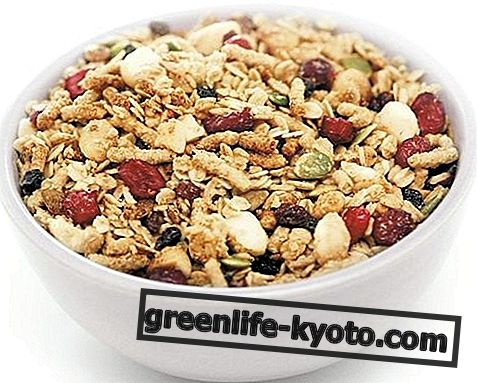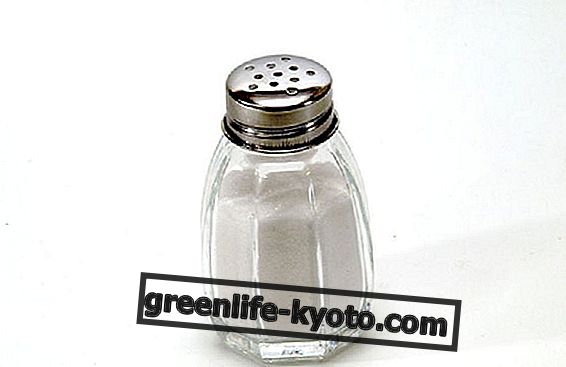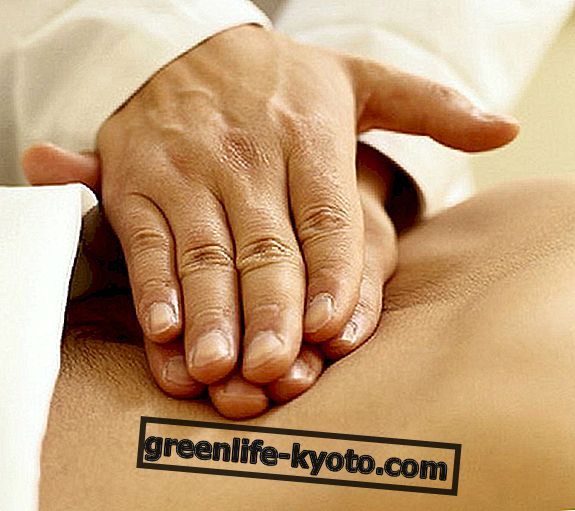Curated by Maria Rita Insolera, Naturopath
Rue, whose scientific name is Ruta graveolens, belongs to the Rutaceae family . It is a plant widely used as a flavoring for liqueurs, to flavor different dishes and for its therapeutic properties . Let's find out better.

Properties of the route
Ruta graveolens has the following therapeutic properties: emmenagogues, sedatives, digestive, carminative, vermifuge . As such, it reduces the swelling, performs a disinfecting action and is a known remedy in the treatment of wounds caused by sports accidents .
It also soothes the nervous system, soothes cramps and reduces pain. The homeopathic remedy is indicated in case of rheumatic pain, sprains and eyestrain. It is obtained with fresh rue leaves.
With the exception of the root, all parts of the plant harvested during flowering are used. The plant is rich in heterosides, that is glycosides that increase the resistance of blood capillaries in addition to performing an antispasmodic and diuretic action; flavonoids, recognized antioxidants; fucumarine with photosensitizing and vasodilatory action and essential oils. A particular flavonoid, rutin, is extracted from the rue, which is used by the pharmaceutical industry for the prevention and treatment of capillary fragility .
Method of use
La Ruta is used as a flavoring and is traditionally used to flavor liqueurs and grappas. Fresh leaves can be used in moderation to flavor salads, meats, fish, aromatic oils and vinegars. Very used for the preparation of a type of aromatic grappa, as a digestive, to prevent air in the stomach and intestinal spasms because it stimulates gastric activity and counteracts fermentation.
Ruta graveolens can also be used in the kitchen . In small quantities, in salads (fresh leaves) or to flavor oil, vinegar or meat dishes. At home, to keep mice away, you can arrange fresh twigs in places where their presence is suspected. The aroma it gives off is unwelcome to rodents but also to mosquitoes, which is why it is cultivated in gardens. The presence of rue in the garden keeps even the vipers away.
The ends of the plant are used more tenderly and the leaves are harvested from May to August. They can also be used dried. The route for medicinal use is administered almost exclusively externally in the form of oil and massage dye for joint pain, neuralgia and cramps.
The rut among homeopathic remedies for arthritis

Contraindications of the route
The infusion of Ruta graveolens, in the past, has been used to stimulate menstruation, but today it is not recommended as an overdose can cause inflammation of the digestive and uro-genital apparatus.
The juice and the pulp were applied to the skin to remove the leeks but this indication is also not recommended by herbalists as the plant is very irritating.
It is inadvisable to touch the plant with bare hands due to the possibility of redness, swelling and blisters. Avoid taking during pregnancy, in case of nephritis or hypersensitivity to one or more components. Following the assumption, photosensitization episodes are possible due to the presence of coumarins . It is preferable not to make homemade herbal preparations based on rue as it is toxic but use ready-made products purchased from specialist shops.
Description of the plant
The rue is a perennial herbaceous plant, with rather branched herbaceous stems up to a meter high. The leaves are tripenned divided into very fragrant lacinias. The flowers are small, inconspicuous, of yellow color carried by apical apex-like inflorescences. The fruits are capsules containing numerous seeds.
Plant habitat
It is a plant native to southern Europe . It grows in grassy places, in uncultivated areas, along walls, cultivated in vegetable gardens. In Italy it is present spontaneously, in all regions, except the islands (where it is found only in the orchards and gardens), from the plane to 1, 000 meters.
Background
Rue was used by folk medicine only externally with essential oil to treat joint pain, neuralgia and cramps, while the infusion was used to treat painful menstruation, to soothe intestinal flatulent colic, to calm hysterical attacks, and to stimulate the digestion .
Due to its antispasmodic action it was also used to treat hypertension, epilepsy and colic. The grass of the rue was considered the grass against fear . He put himself in his pocket when faced with fearful situations. In popular beliefs it was believed that the houses where the rue grew were to be considered privileged.

